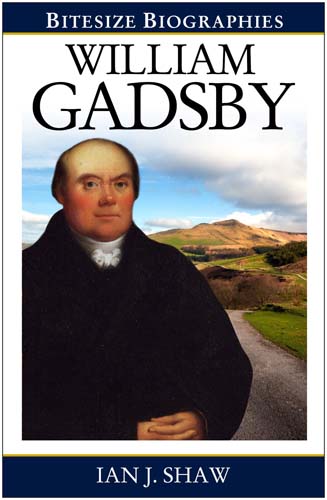Description
Kneeling down on the hard wooden scaffold Jane turned to Feckenham who stood by her. “Shall I say this Psalm?” she faltered. Overcome with emotion … he simply said, “Yea”. Jane then began to repeat Psalm 51 in English, David’s great prayer of contrition. Jane recited all nineteen verses “in a most devout manner” and then both she and Feckenham rose to their feet. A deep silence rested over that sad scene, nothing could be heard except for the quiet sobbing of her lady attendants. Hardened soldiers who had witnessed brutality many times before stood without moving.’
…‘Lady Jane called out in a clear voice. “Lord, into thy hands I commend my spirit.” Then with a stroke, swift, sharp and terrible, Jane’s short life was ended. Like the Apostle Paul she had fought a good fight, finished the course and kept the faith. Henceforth there was laid up for her a crown of righteousness – a crown that none could take from her.’
Lady Jane Grey has often been called the ‘Tudor Pawn’ but to see her as one whose life was simply moved around by others is totally inadequate. This is no simplistic life and death of a sixteen–year–old girl. In order to understand the full tragedy and triumph of her life it is vital to grasp the far–reaching political and religious changes that were shaking England at that time. The Reformation touched the whole population; from palace to university; from emerging town to peasant cottage. Like a complicated jigsaw the pieces fit together giving a picture of a girl with outstanding natural abilities whose strength of character and remarkable faith shine out despite the darkness that often surrounded her.




